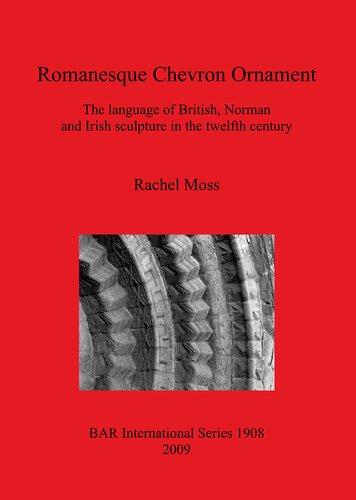

Most ebook files are in PDF format, so you can easily read them using various software such as Foxit Reader or directly on the Google Chrome browser.
Some ebook files are released by publishers in other formats such as .awz, .mobi, .epub, .fb2, etc. You may need to install specific software to read these formats on mobile/PC, such as Calibre.
Please read the tutorial at this link: https://ebookbell.com/faq
We offer FREE conversion to the popular formats you request; however, this may take some time. Therefore, right after payment, please email us, and we will try to provide the service as quickly as possible.
For some exceptional file formats or broken links (if any), please refrain from opening any disputes. Instead, email us first, and we will try to assist within a maximum of 6 hours.
EbookBell Team

4.8
84 reviewsThis study deals with the form and development of a single type of architectural ornament, ubiquitous from the late eleventh to the early thirteenth centuries in northwestern Europe. Chevron ornament, or three-dimensional zigzag, has been described as the single most characteristic moulding, or indeed feature of any kind in Norman architecture in England. It is the most enduring of the decorative motifs that formed part of the so-called style géométrique, current in those areas in the earlier part of the twelfth century, and is found most typically decorating arches, string courses and columns in a wide variety of structures, from castles, to cathedrals to parish churches to the extent that for a period during the twelfth century its absence is more notable than its presence. Among the major preoccupations of scholarship in medieval art and architecture are the issues of authorship and chronology. Given the potential for a type of ornament such as chevron to reveal etymological characteristics it is surprising that studies of the apparent formal grammars of Romanesque ornament have not been more commonplace. It is with these issues in mind then that the current study sets out to explore the degree to which an architectural motif like chevron can be 'read' in a meaningful way.